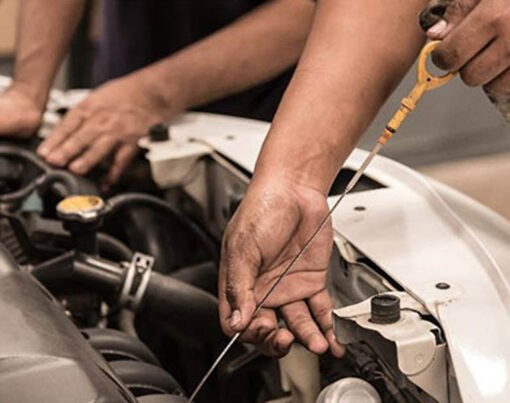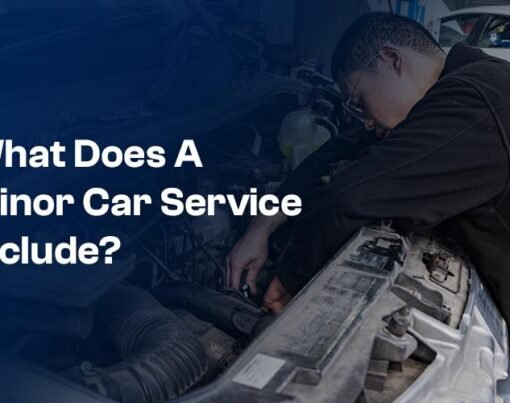When you step onto a car dealership lot, the polished appearance of used vehicles might give the impression of flawless reliability. However, there’s a meticulous process happening behind the scenes. So what do car dealers inspect before selling a used vehicle?
In the following article, we’ll take a look under the hood (pun intended) to understand what these inspections entail to ensure you drive away with a reliable and well-vetted purchase. Read on!
Table of Contents
1. Vehicle History Checks
Before a used car even makes it to the dealership, dealers often conduct comprehensive vehicle history checks. These checks unveil crucial information such as accident history, title status, odometer readings, and maintenance records. By breaking down the vehicle’s past, dealers can gauge its overall condition and identify any potential red flags that may affect its resale value or reliability. This upfront investigation sets the stage for a transparent transaction. Buyers can rest assured knowing the vehicle’s history has been thoroughly vetted.
2. Mechanical Inspection
A thorough mechanical inspection is a non-negotiable step in the process. Car dealers meticulously examine the engine, transmission, suspension, brakes, and other critical components. This ensures that the vehicle meets safety standards and performs optimally. Any signs of wear, damage, or impending issues are addressed during this stage, allowing the dealer to either make necessary repairs or disclose potential concerns to the buyer. This comprehensive assessment guarantees that the vehicle is not only aesthetically in good condition but mechanically sound.
3. Exterior and Interior Evaluation
While the exterior may initially capture a buyer’s attention, dealers go beyond surface-level aesthetics. They inspect the body for any signs of rust, dents, or paint irregularities. Inside, the inspection covers the condition of upholstery, dashboard features, and electronic components. Ensuring the vehicle’s overall aesthetic appeal and functionality is not only for the buyer’s satisfaction but also a key factor in determining resale value.
4. Tire and Brake Assessment
Tires and brakes are critical components for both safety and performance. Dealers assess the tread depth, condition of the tires, and the functionality of the braking system. Replacing worn-out tires or addressing brake issues is part of this inspection, guaranteeing that the vehicle meets safety standards and ensuring the buyer’s peace of mind on the road. This meticulous examination ensures that every aspect contributing to the vehicle’s safety is in optimal condition.
5. Emissions and State Inspection
Compliance with emission standards and state-specific regulations is mandatory. Dealers conduct thorough emissions tests and state inspections to confirm that the vehicle meets legal requirements. This step ensures the vehicle’s roadworthiness, but also prevents potential legal complications for both the dealer and the buyer. This commitment to regulatory adherence assures the buyer that the vehicle is reliable and compliant with all necessary standards.
6. Fluid Checks
Checking and replenishing fluids is a routine yet critical part of the inspection process. Dealers verify the levels and conditions of engine oil, transmission fluid, brake fluid, coolant, and other essential fluids. Proper fluid maintenance contributes to the vehicle’s longevity and performance, aligning with the dealer’s commitment to delivering a reliable product. This meticulous fluid examination ensures the vehicle is mechanically sound and o well-lubricated for long-term performance.
7. Test Drives
Before finalizing the sale, dealers often conduct thorough test drives. This allows them to evaluate the vehicle’s handling, steering responsiveness, and overall driving experience. Any unusual noises, vibrations, or handling issues become apparent during this stage, providing the last opportunity for dealers to address potential concerns before the buyer takes ownership. The comprehensive test drive serves as the final assurance, ensuring that the buyer experiences the vehicle’s performance firsthand and making any necessary adjustments for an optimal driving experience.










